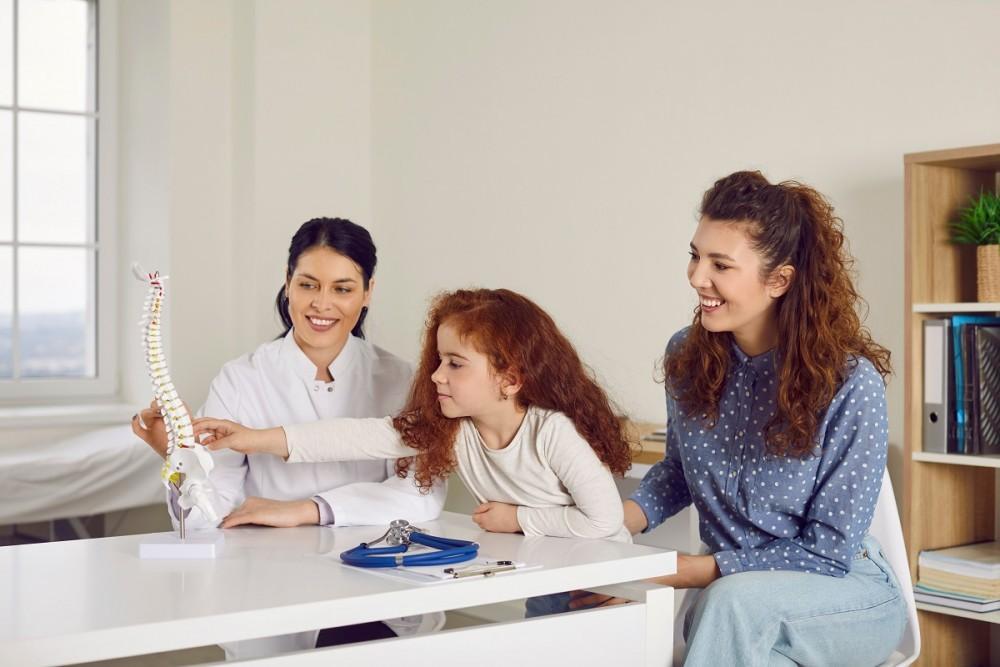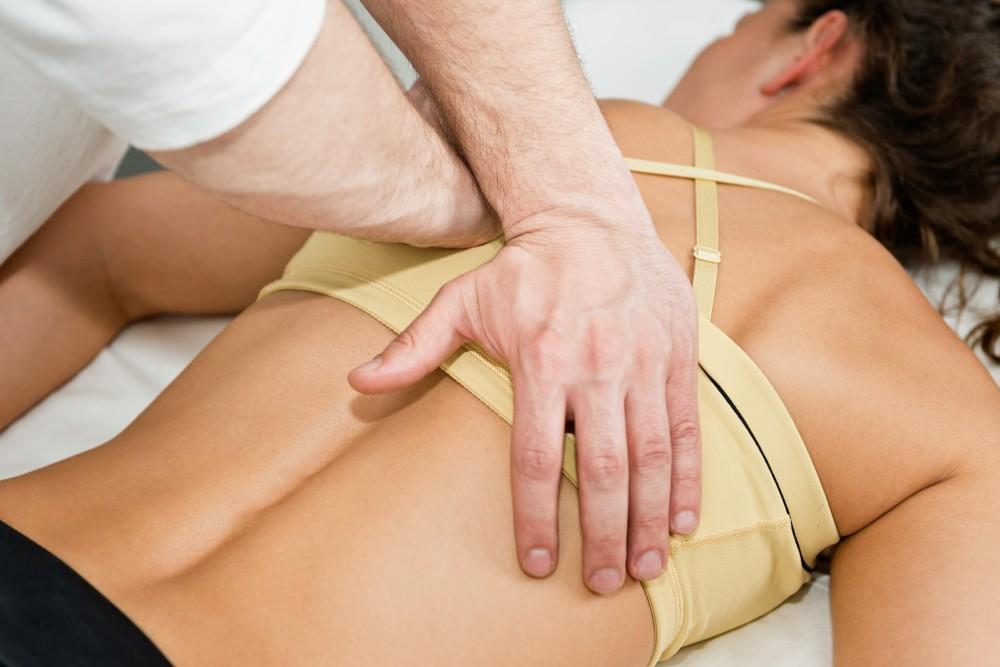
Will My Child Outgrow Scoliosis?

Scoliosis, a condition where your spine is curved, can be painful and typically emerges in childhood or early adolescence. Not only does the curvature have the potential to compress nerves, but it can also cause self-esteem issues for kids and teens when standing out is the last thing they want.
The attentive care team at Advanced Spine and Pain approaches scoliosis treatment for your child with expertise and an ability to communicate warmly and effectively with you and your child.
Pediatric scoliosis facts
Most scoliosis cases diagnosed in childhood are idiopathic, meaning that we don’t know the exact cause of the condition, but it does run in families, and some cases are related to other conditions, such as cerebral palsy. About 100,000 young people are diagnosed with scoliosis per year.
Most scoliosis manifests before puberty, usually during a growth spurt.
The symptoms of scoliosis range from mild to severe, and include:
- Visibly uneven shoulder, waist, hips
- One shoulder blade that protrudes more than the other
- One side of the child’s rib cage protrudes forward more than the other
- One side of the back is visibly more prominent when the child bends over
- With more intense curvature, the spine can turn inward
- Compressed nerves can lead to pain, sometimes chronic and severe
- Mobility becomes affected and limited
- Heart or lung damage can occur because of pressure from the ribs
- Breathing problems
Though girls and boys are equally likely to develop mild scoliosis, girls have a higher risk of having more serious curvature that requires treatment.
The good news about scoliosis
Parents are often relieved to learn that most children diagnosed with scoliosis have cases that resolve on their own without treatment over time. A little less than one-third of children with scoliosis need to wear external braces for treatment, and only about 10% of patients end up needing surgery.
Early diagnosis of scoliosis is important, though, so we can assess and monitor it properly and provide treatment if necessary.
If your child does need scoliosis treatment, our Advanced Spine and Pain team may recommend customized brace therapy and offer advice on how long your child should wear their brace each day.
For severe curvature that has exceeded 40 degrees or is worsening quickly, surgery might be the best option. There’s good news here, too, since scoliosis surgery has a high success rate.
Minimally invasive techniques mean our experienced, board-certified orthopedic surgeon makes only a few small incisions to place metallic implants at intervals on the spine to realign and stabilize it. Compared to traditional surgery, this procedure is associated with faster healing and less pain, bleeding, and scarring.
No matter what treatment we employ, the goals are the same — to straighten your child’s spine so they can be free from discomfort and enjoy restored balance — this means they can be an active kid again!
Call the ASAP office that’s most convenient for you and schedule an appointment to evaluate your child’s spine. You may also request an appointment online.
You Might Also Enjoy...


Understanding the Difference Between Cervical and Lumbar Stenosis

What to Expect After Radiofrequency Ablation for Neck Pain

When to Consider Injections for Your Sciatic Pain

What Happens When You Throw Your Back Out?

